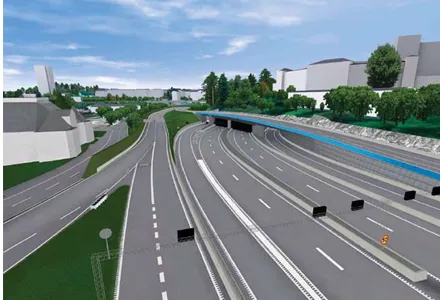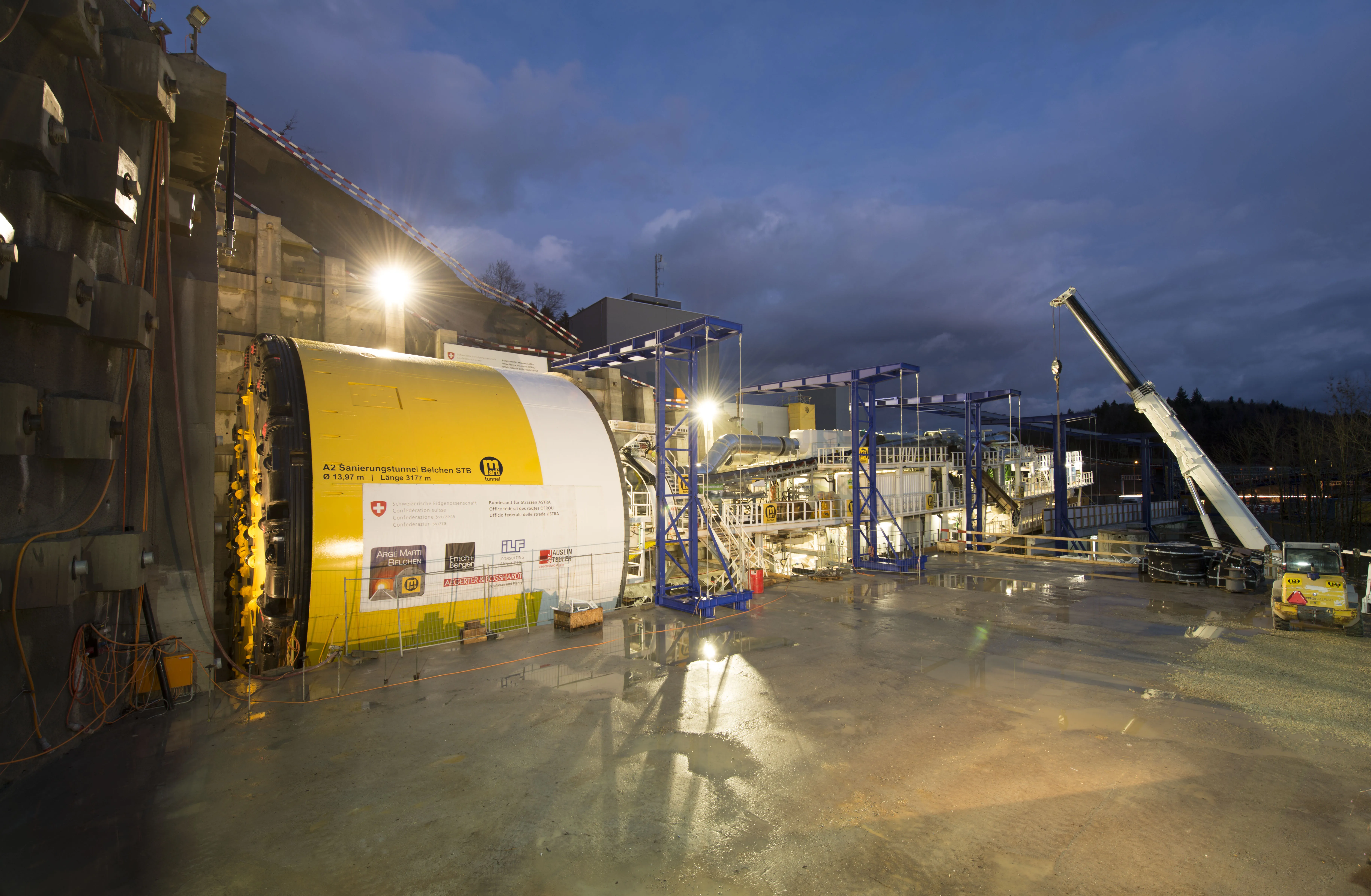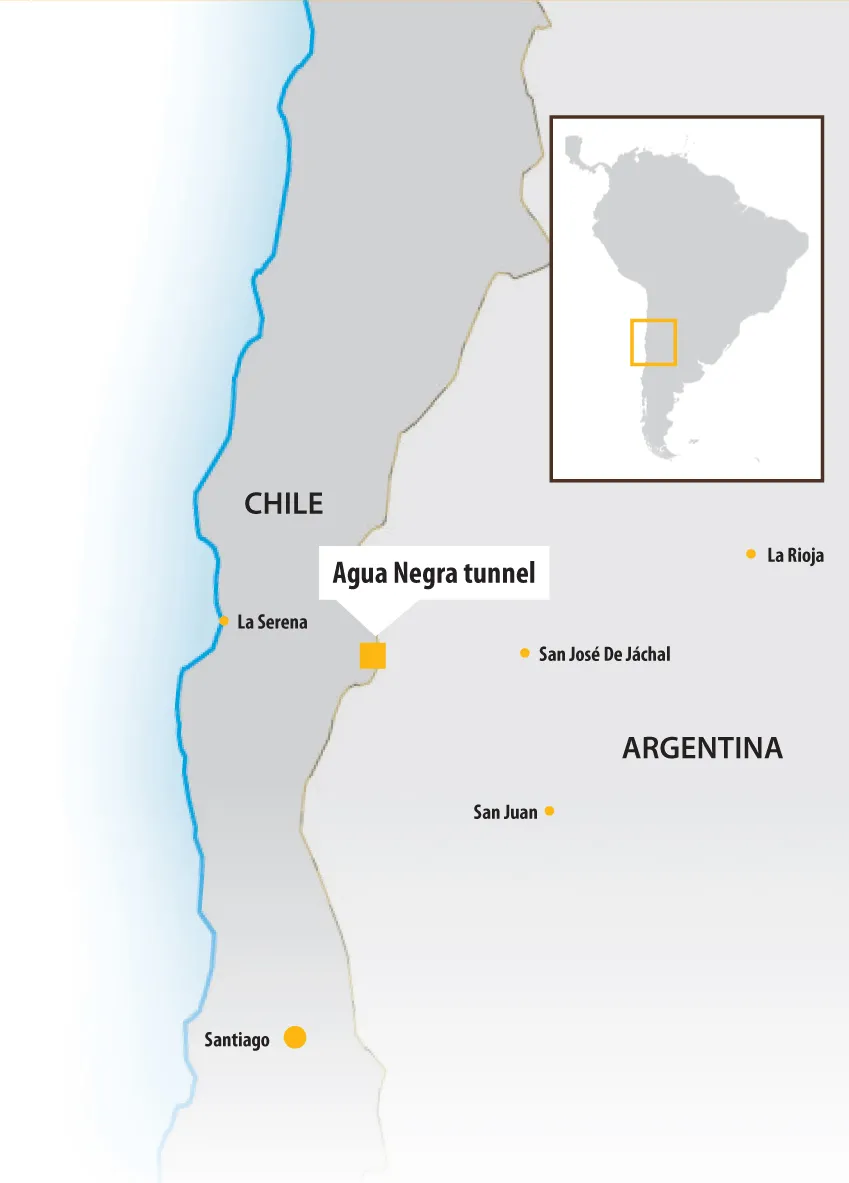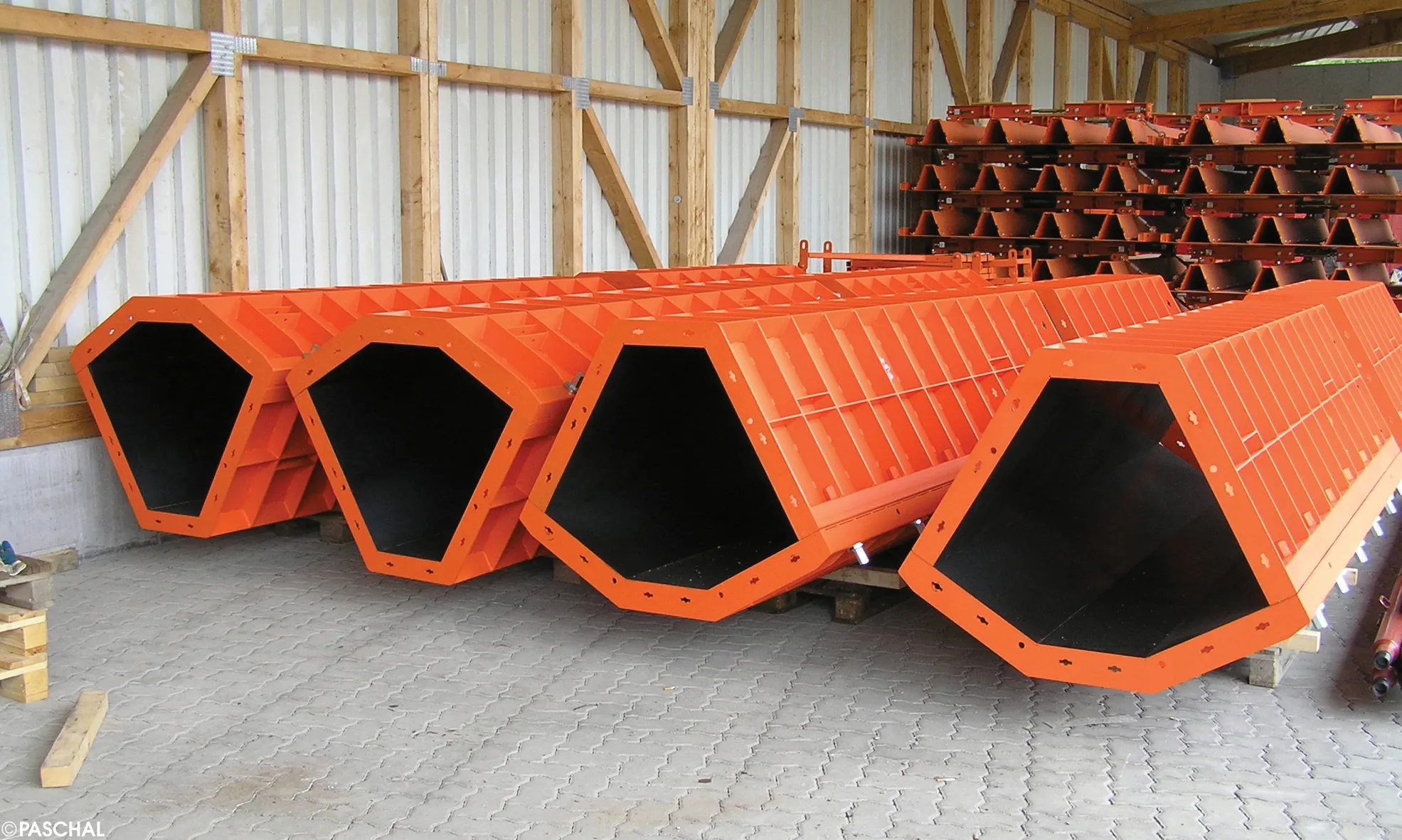Part of the E20 European highway, the Norra länken aims to make a valuable contribution to easing congestion in central Stockholm. The construction of Norra länken is one of the biggest and most important road and tunnel projects being undertaken in Sweden, certainly in terms of scope and budget. It will be a link in the peripheral route around the Stockholm inner city area and be part of the E20 European Highway.
February 23, 2012
Read time: 4 mins

Part of the E20 European highway, the Norra länken aims to make a valuable contribution to easing congestion in central Stockholm
The construction of Norra länken is one of the biggest and most important road and tunnel projects being undertaken in Sweden, certainly in terms of scope and budget. It will be a link in the peripheral route around the Stockholm inner city area and be part of the E20 European Highway.The part of the link now being built in the Swedish capital will be 4km long and will run between the Norrtull and Värtan suburbs with a connection to Roslagsvägen at Stockholm University (a 1km section between between Karlberg and Norrtull is already open to traffic).
Impressively, most of the link will be housed in tunnels, with the total length of road tunnels being 11km of which 9km are rock tunnels and 2km are concrete tunnels.
Norra länken is designed to solve traffic problems in central Stockholm. This, in turn, will reduce air pollution and will make inner city streets safer for pedestrians and cyclists.
When the new traffic link has been completed, large parts of the traffic that uses the surface road network and the northern city approach roads will be routed through the tunnels. This will result in a reduction of traffic on many of the inner city streets.
The route, together with Södra länken and Essingeleden, will build a centrally located, inter-linking traffic system and, it is hoped, improve the infrastructure and competitiveness of the Stockholm region, creating opportunities for housing developments and places of employment along the Hjorthagen-Värtahamnen-Loudden route as well as provide a better connection to Vartahamnen, one of Sweden's most important ports.
All in all, there are over 40 contracts for the construction works, with work divided into four phases: preparatory contracts, construction contracts, installation contracts and commissioning.
The total length of the road tunnels is 11km, of which 9km are rock tunnels and 2km are concrete tunnels.
Tunnels construction involves the excavation of 1 million m³ of rock and 0.4 million m³ of soil.
The tunnels include 13 substations for electrical power, 200 jet fans and 90 emergency exits. Outside the tunnels, the construction works will include 2km of new and upgraded road, a new 200m long railway bridge, a 400m long temporary railway bridge, 1,000m of railway track in sidings, 1.5km of new pedestrian and cycle paths, and 400m of temporary pedestrian and cycle paths.
There will be 140,000m² of asphalt-paved road in the tunnels and 60,000m² outside the tunnels.
Work started in 2006 and will take nine years to build and is estimated to cost e725 million (SEK7 billion).
As the route is classified as a national road, the Swedish Road Administration (SRA) is responsible for its construction, and SRA admits that constructing Norra länken is a challenge: the traffic route is being built in some of Sweden's busiest traffic areas.
However, during the construction period the intention is that traffic will flow as normal while works are in progress.
"Sophisticated traffic analyses, careful planning and the experience gained from the construction of such projects as Södra länken, which also was built through heavy traffic areas, means that Norra länken can be constructed with the least possible disturbance to road users," says the SRA.
Tunnels of distinction
The authority says that safety in Norra länken is taken very seriously, and being able to quickly and easily evacuate the tunnels in an emergency is crucial."Since separate tunnel tubes house traffic moving in one direction, the opposite tunnel can be used to evacuate road users while also being available for rescue service vehicles. It is never further than 150m between emergency exits in the tunnels," says the SRA.
A total of some 100 evacuation routes will be built and designed for fast evacuation to a safe place while preventing smoke and fire from spreading. At each evacuation route there is an emergency assistance room equipped with fire-fighting equipment, an emergency telephone and a direct line to alert
Tunnel design has also been carefully considered, and each tunnel portal will have its own individual identity and reflect the conditions at hand.
"These openings are to be a natural feature in the urban environment and suited to the scale of the surroundings. Norra länken will have three ventilation towers, all of which are designed to blend into the surrounding environment," says the SRA.
"Some of the interchanges in the tunnels will have an artistic décor that supports orientation and gives the different exits in the tunnels a distinct identity."









